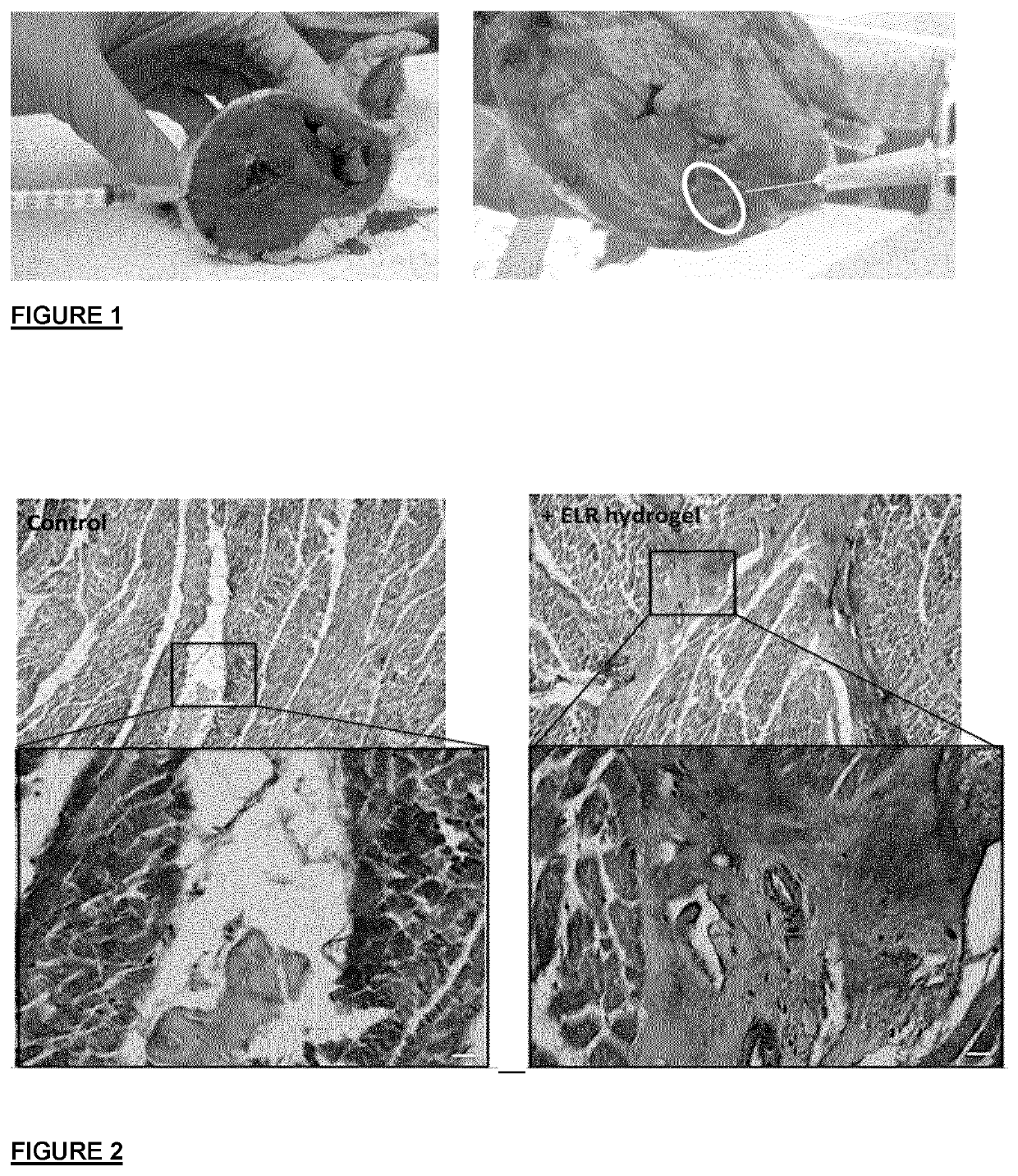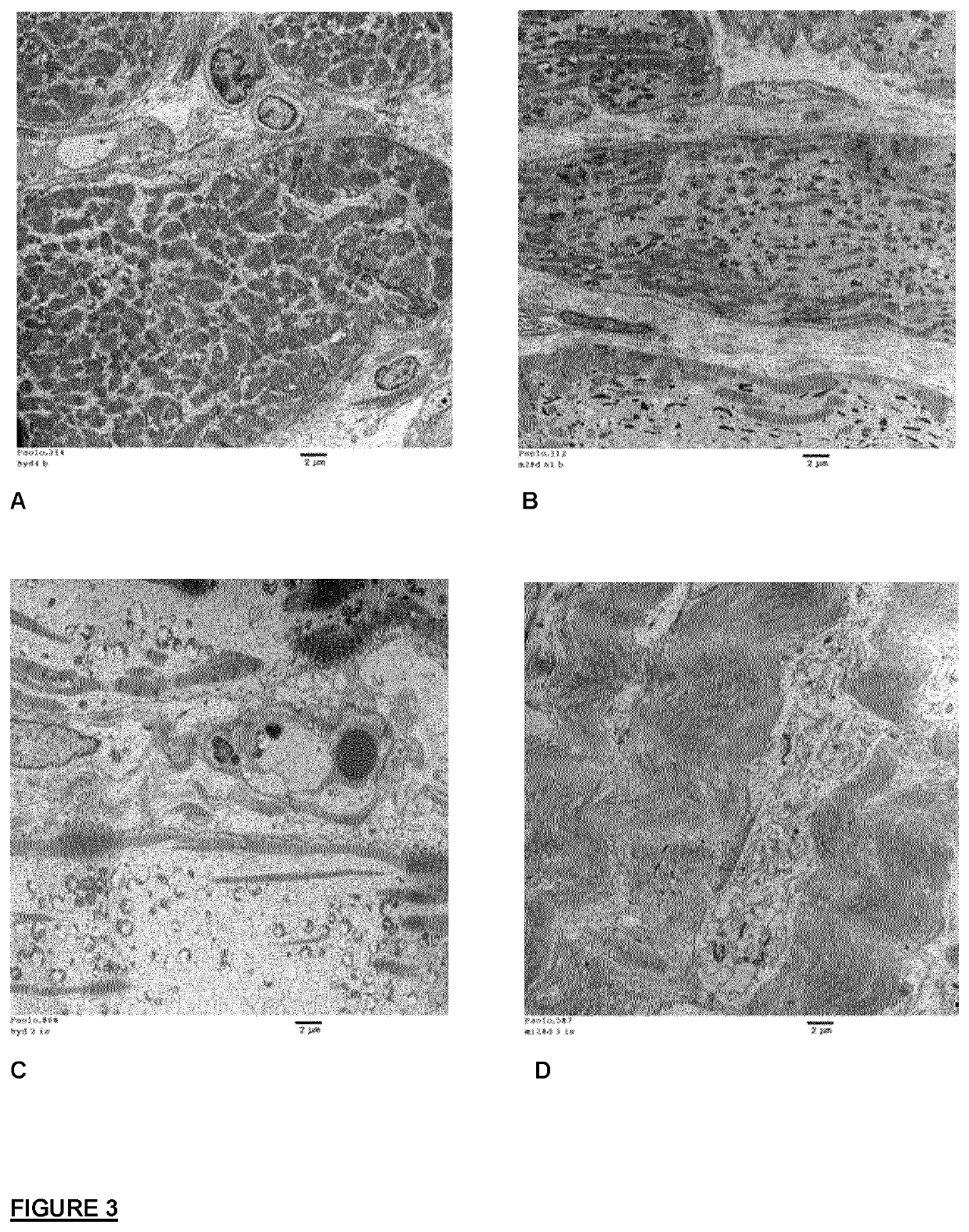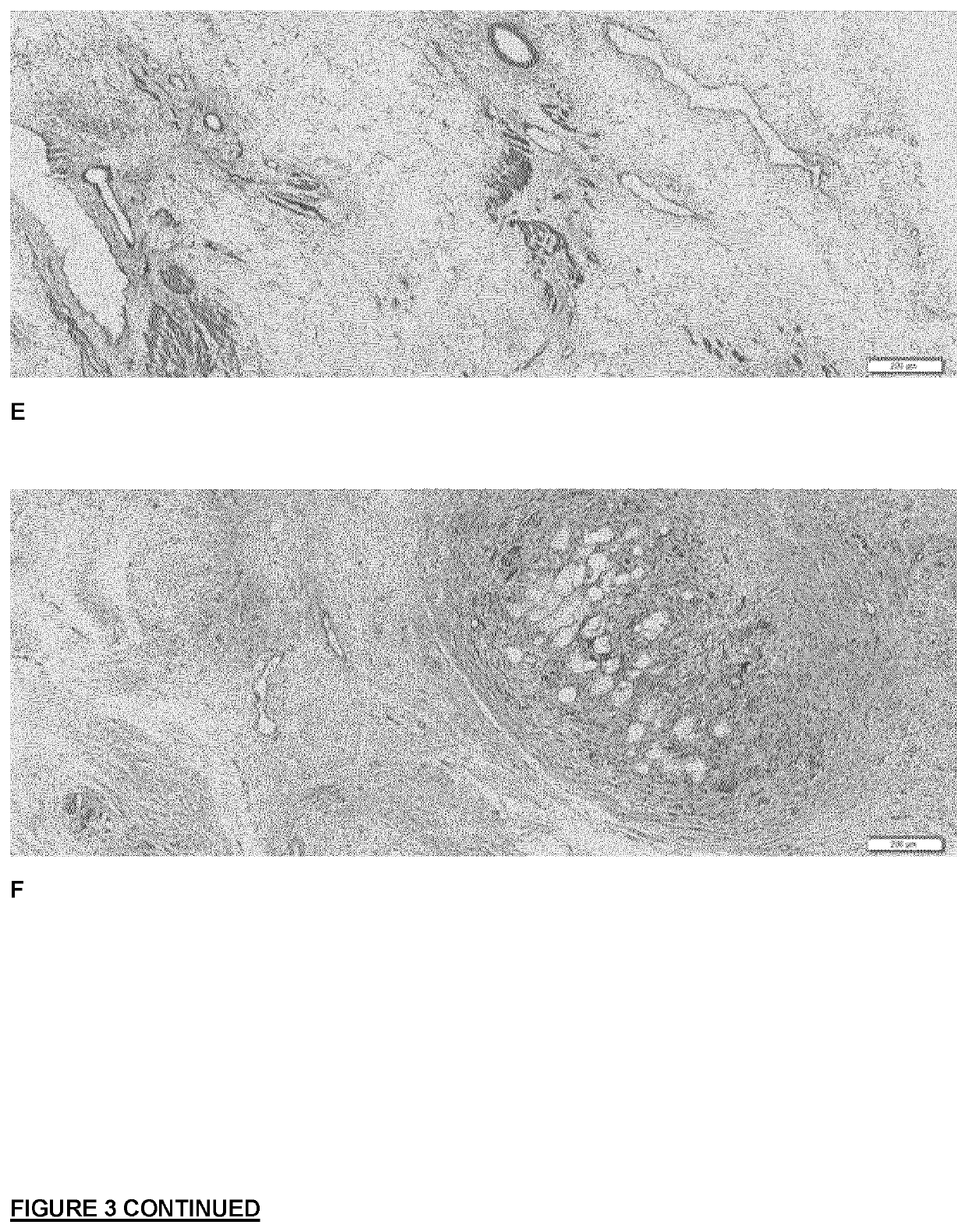Treatment of myocardial infarction
a myocardial infarction and gel technology, applied in the field of myocardial infarction treatment, can solve the problems of reducing blood flow to the heart, narrowing (stenosis) of the artery, increasing the need for oxygen in the heart, etc., to achieve the effect of reducing scarring, reducing scarring, and reducing scarring
- Summary
- Abstract
- Description
- Claims
- Application Information
AI Technical Summary
Benefits of technology
Problems solved by technology
Method used
Image
Examples
Embodiment Construction
[0053]All publications, patents, patent applications and other references mentioned herein are hereby incorporated by reference in their entireties for all purposes as if each individual publication, patent or patent application were specifically and individually indicated to be incorporated by reference and the content thereof recited in full.
[0054]Definitions and General Preferences
[0055]Where used herein and unless specifically indicated otherwise, the following terms are intended to have the following meanings in addition to any broader (or narrower) meanings the terms might enjoy in the art:
[0056]Unless otherwise required by context, the use herein of the singular is to be read to include the plural and vice versa. The term “a” or “an” used in relation to an entity is to be read to refer to one or more of that entity. As such, the terms “a” (or “an”), “one or more,” and “at least one” are used interchangeably herein.
[0057]As used herein, the term “comprise,” or variations there...
PUM
| Property | Measurement | Unit |
|---|---|---|
| weight | aaaaa | aaaaa |
| volume | aaaaa | aaaaa |
| body weight | aaaaa | aaaaa |
Abstract
Description
Claims
Application Information
 Login to View More
Login to View More - R&D
- Intellectual Property
- Life Sciences
- Materials
- Tech Scout
- Unparalleled Data Quality
- Higher Quality Content
- 60% Fewer Hallucinations
Browse by: Latest US Patents, China's latest patents, Technical Efficacy Thesaurus, Application Domain, Technology Topic, Popular Technical Reports.
© 2025 PatSnap. All rights reserved.Legal|Privacy policy|Modern Slavery Act Transparency Statement|Sitemap|About US| Contact US: help@patsnap.com



